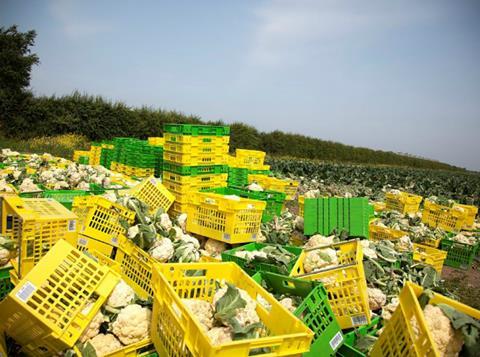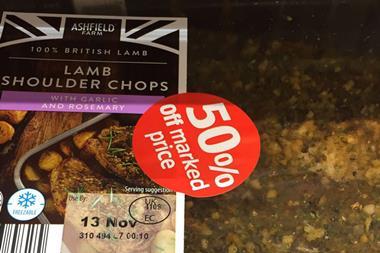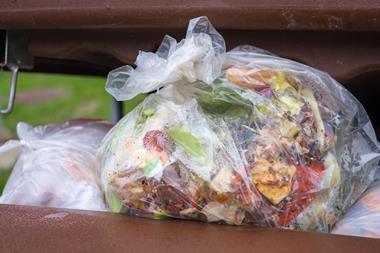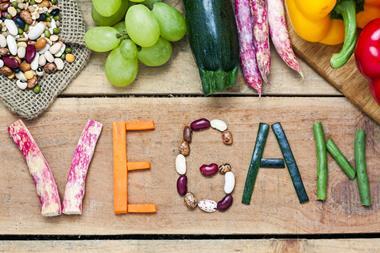
In many ways the UK is leading the war on food waste. Hardly a day goes by without some sort of initiative coming to light. News that Tesco has begun selling ‘green’ satsumas and clementines after relaxing its quality specifications for producers is the latest move by that particular retailer alone.
But the battle against food waste, sadly, will not be won unless the industry collaborates.
Tesco’s green satsumas – and the various other announcements it and other retailers have made over wonky veg and the like – will, in the long run, be seen as gimmicks papering over the cracks unless there is systematic change in the supply chain.
Today The Grocer’s feature on food waste down on the farm reveals the truly frightening scale of waste before products even make it to the farmgate, let alone retailers’ shelves.
It’s not that these products are unfit to eat. All too often, producers point to the issues of forecasting and product specifications, which despite the satsumas example continue to create unnecessary waste.
On an industrial scale, fresh crops, such as lettuces and strawberries, are being wasted. Some farmers are losing nearly half of their crops.
Wrap believes that “conservatively” as much as 2.5 million tonnes, worth a staggering £.8bn a year, is going to waste on farms. This figure is far, far higher than the level wasted by supermarkets (an estimated 0.2 million tonnes, which have been the subject of so much scrutiny.
Yet, alarmingly, the industry initiative aimed at tackling this self-created catastrophe is finding itself held back by lack of involvement from suppliers.
Wrap’s flagship Courtauld 2025 agreement, while securing sign-up from all the major retailers, is struggling to attract suppliers to back it. A huge list of notable names is absent from the list of signatories. Significantly, these include many who did sign up to previous versions of the Courtauld agreement.
In fact the situation is so bad even Defra – which has systematically cut funding to Wrap and left the food waste battle largely to the industry while it has sat by and watched – has intervened, writing to 10 companies urging them to do more.
In many ways, Courtauld 2025 is the most ambitious effort yet to tackle food waste at an industry-wide level. It is all about having a more targeted, whole supply chain, co-ordinated approach based on finding hotspots in the system, rather than the antiquated reporting-based mechanisms of its previous guises.
However, it has also been criticised by campaigners because of its voluntary nature (they also point out its overall targets on reduction of waste are not as stretching as the UN’s goals). And those criticisms will only be strengthened by the revelations that a whole host of leading suppliers are not even coming to the table.
Without accurate measurement of the food waste on farms, together with the sort of supply chain co-operation that would help to tackle it, Courtauld 2025’s aim to truly tackle food waste from “farm to fork” will struggle to become more than just a buzzphrase.
And the clock is ticking. By next year, Wrap is hoping to release a much more accurate estimate of farm waste. It hopes this can have the same impact as last year’s supply chain report had in spurring such progress on food waste, including the launch of The Grocer’s Waste Not Want Not campaign.
Without accurate measurement and the coming together of industry, the great examples of work to slash farm waste highlighted in our feature and above cannot grow to the scale needed to tackle this ongoing tragedy.



















No comments yet